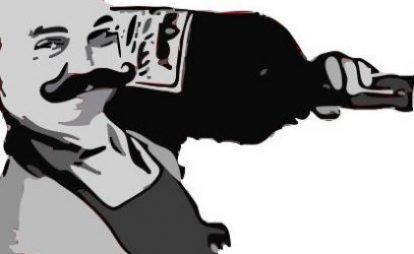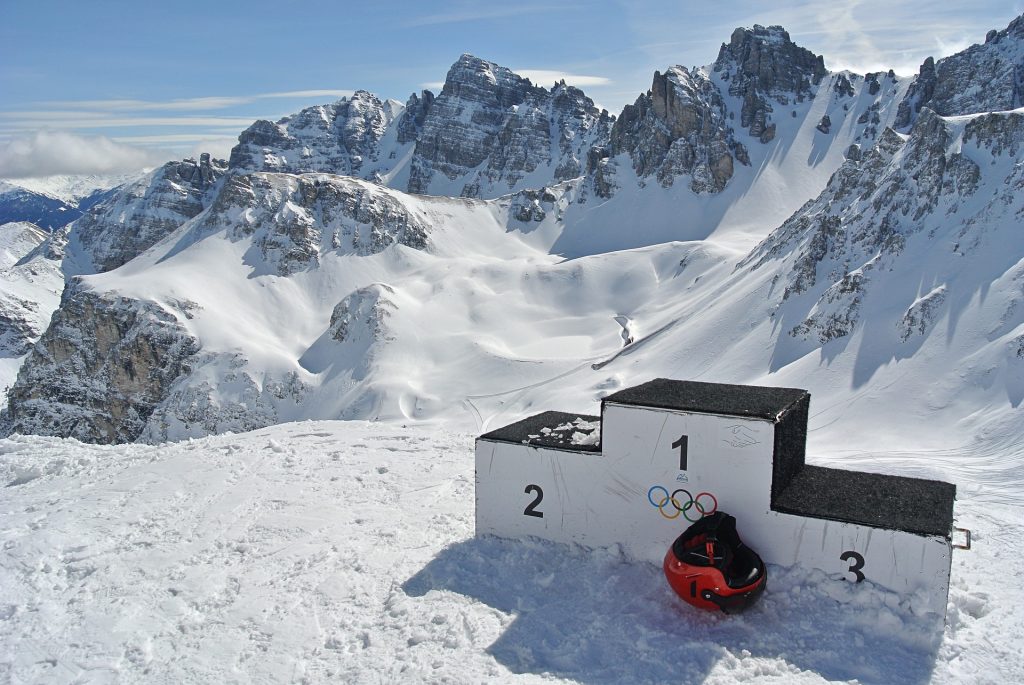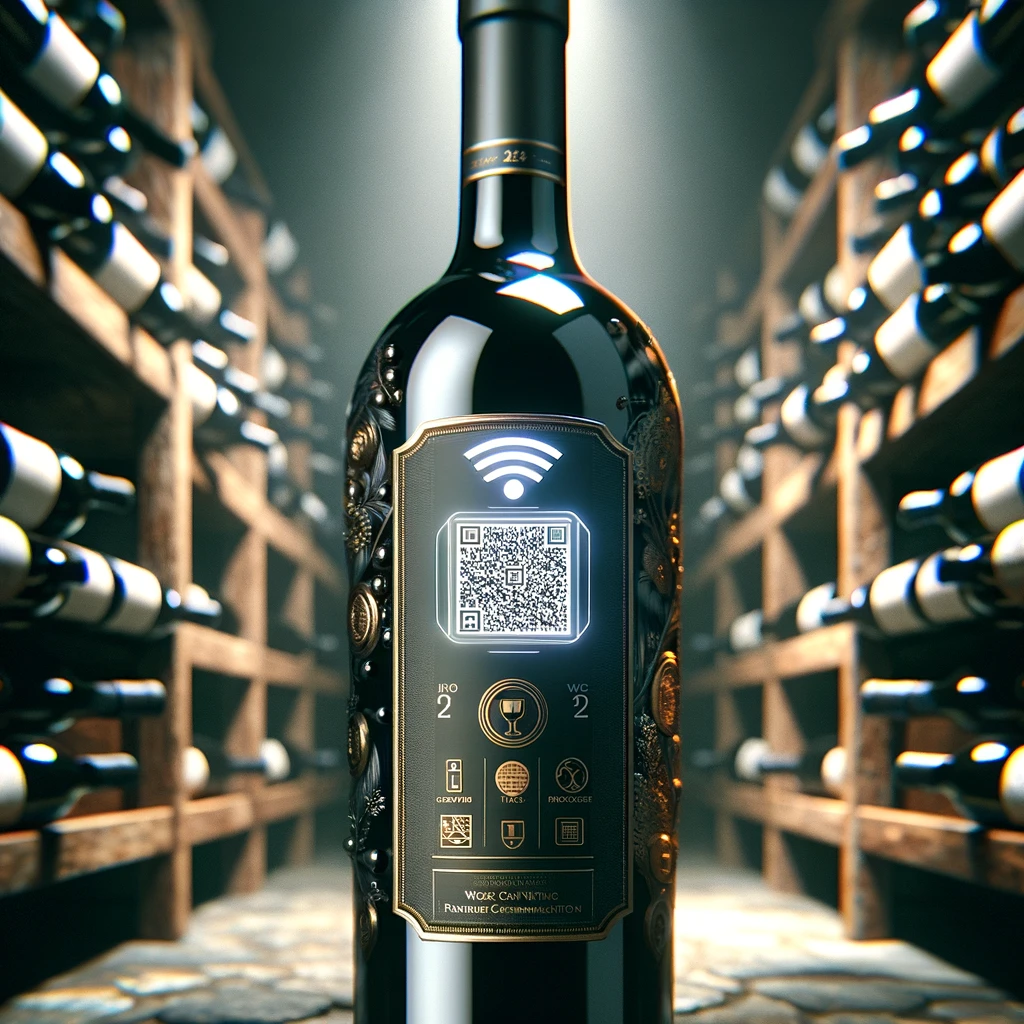Harvest in the Northern Hemisphere is in full swing, so few farmers may have the time to read silly blog posts, but who knows? It’s been a busy week, both for me personally and in the rest of the wine world, so there are a couple of JollyCellarMaster Weekly:
Back in business on both sides of the table
Before we’re getting into those promised news, I’d just like to share the joy of having got back into face-to-face wine events. First, I attended the fourth edition of the Cortaccia Rossa tasting where four producers from Alto Adige pit the Bordeaux-style wines of Cortaccia in a series of comparative blind tastings against wines from the most renowned regions to show that they can hold their own – more on this soon. Then I moved to the other side of the table as worked at the Alto Adige Wine Summit where wine experts, trade journalists and influencers from 10 different countries are granted insights into the diversity of local wine – in short I served a lot of great wine and met fantastic people. But with this out of the way, let’s get into the really important stuff.
Back at the Top of the World
Every year the title is awarded of the world’s top wine producing country and in recent years it has been a close race between France and Italy. The latter is to retain this title, which, of course, is by itself not necessarily a good thing. It just shows that Italy produces a lot of wine (with France and Spain coming a close second and third). Naturally mid-september is usually a bit early to call a winner (if you want to call it that), but since French wine production is expected to fall by nearly a third this year due to a devastating bout of frost in early spring according to the French Ministry of Agriculture’s statistics agency, Agreste. Spring frost has cut into a large part of the production and losses were then accentuated by the wet summer which favoured the emergence of disease including powdery mildew and black rot. Currently, the necrotrophic fungus botrytis is now also threatening harvest, especially in Alsace, so it you could call it an overall crap year.
Yet, Italy did not escape a challenging year either and is likely to report a drop of 9% as harvest estimatesfrom the country show. Apparently, the quality is going and prices are going to be up, but it’s an uneven picture: according to Wine Business International parts of Northern Italy expect to have lost as much as 25% of their 2021 crop, some areas in the south of Italy say that they will be producing 10% more than last year. Tuscany is likely to be hit the hardest where production is likely to fall by 25% to 1.65m hl suffered the greatest losses, mainly due to April frosts. Campania, Calabria and Sicily though are expecting an increase between 5% and 10 %.
In Court and on the High Seas…
…We are all in God’s hands. Well, at least the courts provided some comfort to one of the stricken French regions. The Court of Justice of the European Union backed French champagne makers on Thursday who had argued that their protection under EU law should extend far beyond banning rival sparkling wine producers from putting the word “champagne” on their bottles. The dispute at the bottom of the decision is about the champagne makers’ association (CIVC) seeking to prohibit a chain of tapas bars in Spain from using “champanillo”, Spanish for “little champagne”, on signs and on social media. So, where the tapas bars profiting from the reputation of Champagne and infringe its PDO? The key question according to the court was whether the use of a name created a sufficiently clear and direct link in the mind of an average European consumer who is “reasonably well informed and reasonably observant and circumspect”. The court thought so, but just for the fun of it, would you have decided so, too? Join the conversation on Twitter or drop me a line.
To Russia With Love
Talking about Champagne, you may remember the little spat between its producers and Russia. Vladimir Putin signed a new law that required all foreign sparkling wine bottles to carry a reference that describes it as such on the back label though it cannot use the Russian term “shampanskoye” and the French were livid. The CIVC even called on its members to halt all shipments to Russia for the time being, but that does no longer seem to be the preferred course of action. France24 reports that the country’s champagne industry group will resume exports to Russia on Wednesday despite a Russian law forcing foreign champagne producers to add a “sparkling wine” reference to the back of their bottles. Appparently, the decision to scrap the boycott was made because the CIVC believes they had made their point to Russian authorities and no longer wanted to harm their clients. Something tells me that this is far from over though…
A different kind of Sherry?
No matter what kind of wine qualification you hold, chances are that Sherry played a big part in the section on fortified wines. Well, it’s not going to be the end of it all, but according to an article on Decanter a large-scale review of D.O. Jerez-Xérès-Sherry has just been approved by its Consejo and new grape varieties plus the end of the iconic Sherry Triangle are among the most important changes. For the Sherry D.O., this is massive, but it also could be an opportunity to explore different wine styles and as such different consumer groups and markets. While the rules allowed only for the use of Palomino, Moscatel and Pedro Ximenez, the mix can now include a number of additional varieties. Fino and Manzanilla labelling can now also be applied to wines that are not fortified and the map of the Jerez pagos will be redrawn to allow for a more detailed perspective that focuses as well on micro-terroirs, single production and ageing zone. As I said, massive, right?
The Classification of 1855 – The Sequel?
You may have heard of the famous classification of the best Bordeaux of 1855 that (with one tiny amendment) has remained unchanged till present day. The classification requested by his majesty the Emperor Napoleon III for the Exposition Universelle of the same year, however, was produced by brokers from the wine industry on the basis of each chateau’s reputation and trading price in previous years. It is, I believe, at least questionable whether in the day of its creation it was a fair reflection of quality, but things have without doubt changed over the past hundred sixty plus years. Hence, there have been plenty of attempts to redraw the map and critics continue to award points to wine on an annual basis. One of the most interesting exercises in establishing a classification in my opinion comes from Liv-Ex. The British fine wine trading house produces every other year a ranking based on the the average trade prices achieved on the global market. Thus, it establishes a classification of the most traded wines on the secondary market, which is a bit closer to the spirit of the classification of 1855, especially since it uses “hard” data rather than a potentially subjective view of a wine critic. Well, the 2021 edition is out and for the second time it includes wines from outside Bordeaux. Italy and California are the biggest winners as the prizes for their fine wine has seen some big increases, but Bordeaux and “blue chip” Burgundy have experienced strong demand, too.
—
And that’s all for this week! However, if you have an interesting story to tell or simply want to chat about wine as a guest on the Podcast, connect on Twitter or drop me a line. And if you want to stay in the loop about things happening at the JollyCellarMaster and the world of wine, make sure you sign up to our newsletter.
—
Disclaimer: As always, I’d like to be completely transparent about affiliations, conflicts of interest, my expressed views and liability: Like anywhere else on this website, the views and opinions expressed are solely those of the original authors and other contributors. The material information contained on this website is for general information purposes only. I endeavor to keep this information correct and up-to-date, I do not accept any liability for any falls in accurate or incomplete information or damages arising from technical issues as well as damages arising from clicking on or relying on third-party links. I am not responsible for outside links and information is contained in this article nor does it contain any referrals or affiliations with any of the producers or companies mentioned. As I said, the opinions my own, no liability, just thought it would be important to make this clear. Thanks!




